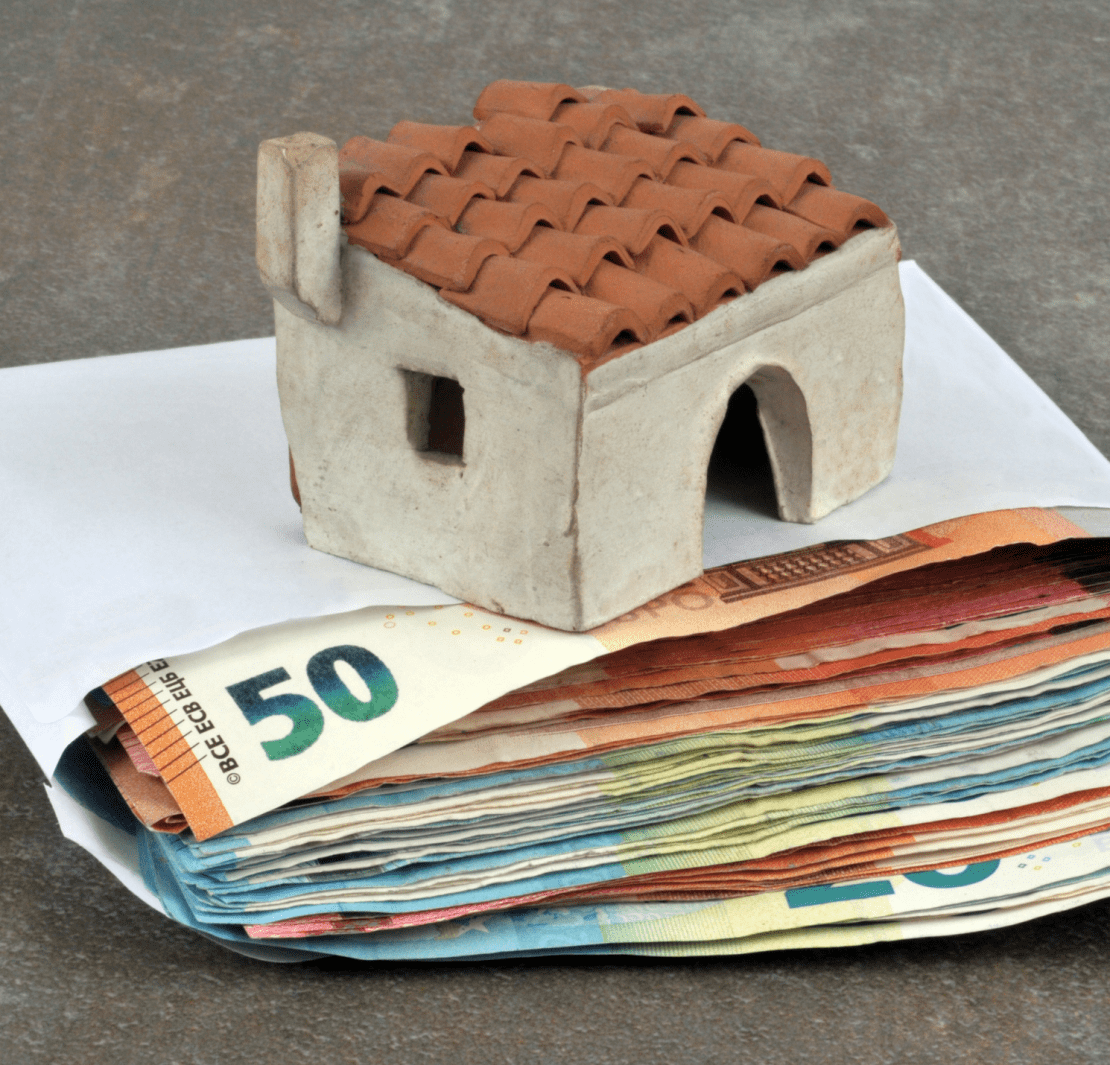In any real estate purchase project, the down payment is a recurring topic for buyers. Most often, future homeowners wonder whether they have saved enough for a bank loan under good conditions. Sometimes, they also question its necessity: is it possible in some cases to buy and borrow without a down payment? What is the minimum or ideal amount? Find our answers to the most frequently asked questions about down payments.
What is a down payment and why do most banks require it?
The down payment, usually expressed as a percentage of the property’s total price, refers to the amount financed by the buyer with their own funds. To build up this amount, the buyer may use various sources: savings, investments, inheritances, or gifts, among others.
For banks, the down payment serves two main purposes:
- It ensures a certain financial stability on the buyer’s side;
- It reduces the total loan amount, and therefore the associated risks.
In practice, no law requires a buyer to provide a down payment. Theoretically, it is possible to borrow the full purchase amount from the bank… and apply for a 100% mortgage.
However, in reality, banks are generally very reluctant to approve 100% loans. And when they do, the loans usually come with significantly higher interest rates.
What is the minimum down payment needed to buy?
Real estate professionals recommend a minimum down payment of 10% to successfully carry out a real estate project. With this 10% down payment, the buyer can cover nearly all (or even all) of the additional costs (agency fees, notary fees, etc.).
Typically, to buy an apartment worth €250,000, you would need to provide a down payment of €25,000. Some banks even require this minimum before considering your application. That’s why buyers are strongly advised to have these 10% saved.
What’s considered a good down payment?
Although 10% is considered the minimum for completing a purchase, the ideal amount would be at least twice as much – around 20% of the total purchase price.
If your savings cover at least 20% of the purchase price, it sends a very positive signal to the bank. It shows that you’ve prepared well for this purchase and may even help you negotiate a better interest rate.
Additionally, a larger down payment logically helps reduce the loan amount. This can also shorten the repayment period and save you several years… meaning less interest paid over time.
Important: The information in this article reflects common trends and practices in real estate. However, every project is unique. In some cases, it’s entirely possible to buy without a down payment and still get a good loan offer. In others, the buyer may be required to contribute more than the usual 10–20% to strengthen their application.
To assess your situation and plan your project — including your down payment — consider working with real estate professionals.

